Lecture
The resonance of Schumann is the phenomenon of formation of standing electromagnetic waves of low and ultralow frequencies between the Earth's surface and the ionosphere.
The Earth and its ionosphere is a giant spherical resonator whose cavity is filled with a weakly conducting medium. If the electromagnetic wave originating in this medium after rounding the globe again coincides with its own phase (enters into resonance), then it may exist for a long time.
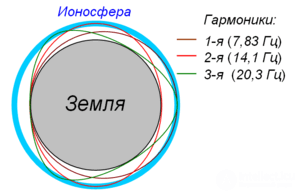
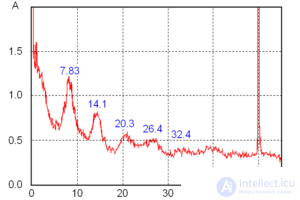
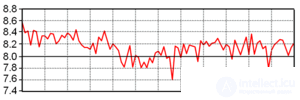
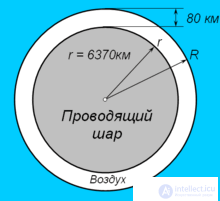
Consider a volume resonator consisting of two concentric conducting spheres [1] . The inner sphere is the surface of the Earth, and the outer is the ionized gas of the ionosphere, located at an altitude of about 80 km above the ground.
Suppose that an electromagnetic wave, n times reflected alternately from the surface of the Earth and the ionosphere, bends around the globe. If a whole number of reflections fit on the circumference of the Earth, then a resonance occurs, and such a wave can exist for a long time. Considering that the wave propagates at the speed of light c = 300 000 km / s, and the circumference of the Earth is L = 40 000 km, we obtain the oscillation frequency equal to
For the first five harmonics, this formula gives a range of frequencies 7.5 - 15.0 - 22.5 - 30.0 - 37.5 ... Hz. Comparing the theoretical frequencies with the frequencies obtained experimentally (7.83 - 14.1 - 20.3 - 26.4 - 32.4 ... Hz), we note that with a good match of the frequency of the first harmonic, the error increases with increasing n .
In his original work [2], Winfried Otto Schumann analyzed oscillations arising in a spherical volume resonator. At the same time, he took into account that the surface of the earth has a constant conductivity of about σ = 10 −3 S / m, and the conductivity of the ionosphere at altitudes of 70–90 km varies within σ = 10 −5 —10 −3 S / m. Because of this, the average propagation velocity of an electromagnetic wave V (σ) is approximately 20% less than when reflected from a sphere with infinite conductivity. For the frequency of the nth harmonic, Schumann received
that for the first five harmonics gives 8.5 - 14.7 - 20.8 - 26.8 - 32.9 Hz.
There are several hypotheses about the occurrence of electromagnetic waves in the Earth-ionosphere cavity.
Lightning strikes are believed to be the primary natural source of excitement for Schumann’s resonance. Lightning behaves like huge transmitters that emit electromagnetic energy at frequencies below 100 kHz. [3] They are the cause of the excitation of electromagnetic oscillations in a wide frequency range. This phenomenon explains, in the opinion of most experts, the presence of stable ultra-low-frequency oscillations, which practically do not attenuate and have fixed frequencies.
After numerous studies and rechecks, the Schumann resonance frequency was accurately determined - 7.83 Hz. Due to the wave processes of the plasma inside the Earth, peaks are most clearly observed at frequencies of about 8, 14, 20, 26, 32 Hz. For the main, lowest frequency, variations within 7–11 Hz are possible, but for the most part during the day the variation of the resonant frequencies usually lies within ± (0.1–0.2) Hz. The spectral density of oscillations is 0.1 mV / m.
The intensity of the resonant oscillations and their frequencies depend on:
For the first time, the presence of standing electromagnetic waves and their frequencies in the "Earth-ionosphere" system was predicted by the Irish physicist JF Fitzgerald in 1893 [5] [6] . In 1900, apparently independently, Nikola Tesla came to a similar conclusion, who patented his discovery in 1905 [7] . N. Tesla, however, apparently did not know about the existence of the ionospheric layer and the atmospheric conductivity in general, therefore the resonance frequencies calculated by him turned out to be incorrect [8] .
However, a systematic study of the effect, later known as the “Schumann Resonance,” began only after almost 50 years. The assumption of the existence of a resonance of electromagnetic waves in the Earth-ionosphere space was expressed by the professor at the University of Munich VO Schumann in 1952 [9] . The main results of his research were published in three papers [10] [11] [12] .
The first undisputed experimental confirmation of the presence of Schumann resonances was made in 1960 [13] .
He continued his study of Wolfgang Ludwig, who conducted experiments in the open sea and underground mines. V. Ludwig published a book about Schumann's Resonance Informative Medicine.
Difficulties in the study of Schumann waves are due to the fact that their reception requires special very sensitive equipment [14] and the appropriate environment: even the movement of trees, animals or people near the receiver can affect its readings [15] .
In September 2011 [16], Schumann resonance waves were recorded at an altitude of up to 850 km by the C / NOFS satellite. Previously, the limitation of the height of such waves was considered to be 100 km. [17]
Stations for continuous monitoring of the Schumann resonance are located:
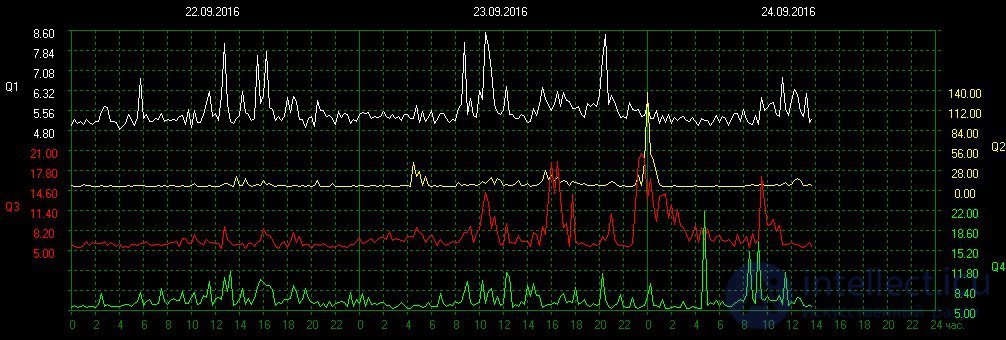
Figure 1 - Dependence of the quality factor of the Schumann resonance on local time.
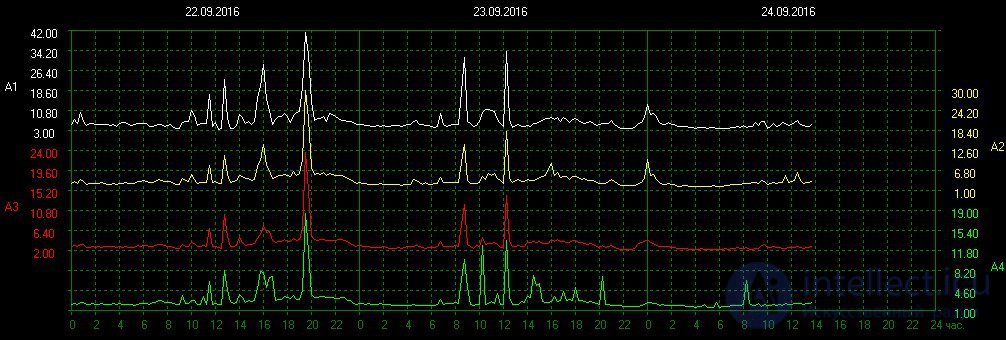
Figure 2 - Dependences of the amplitudes of the Schumann resonance in hertz from local time.

Figure 3 - Schumann resonances
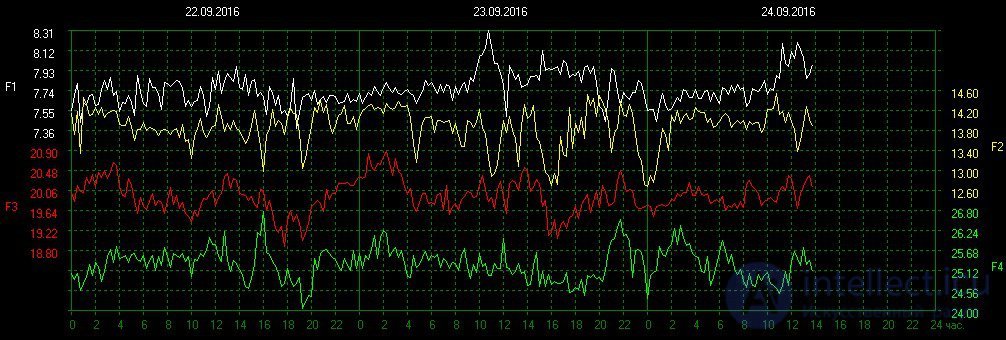
Figure 4 - Dependencies of the frequencies of the Schumann resonance in hertz from the local time.
Local time is expressed in the hours of Tomsk Summer Daylight Time (TLVA). TLDW = UTC + 7 hours.
Comments
To leave a comment
Devices for the reception and processing of radio signals, Transmission, reception and processing of signals
Terms: Devices for the reception and processing of radio signals, Transmission, reception and processing of signals